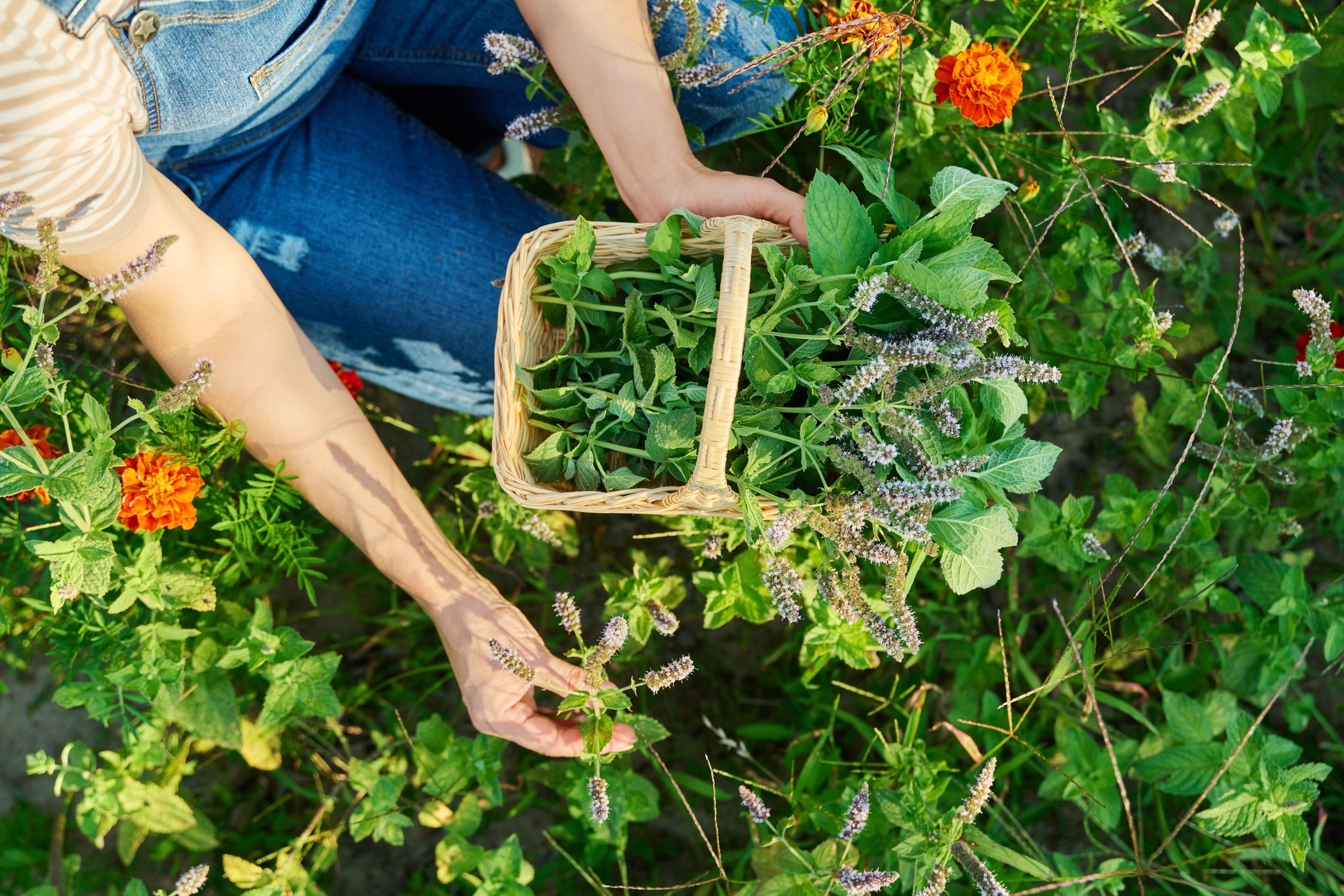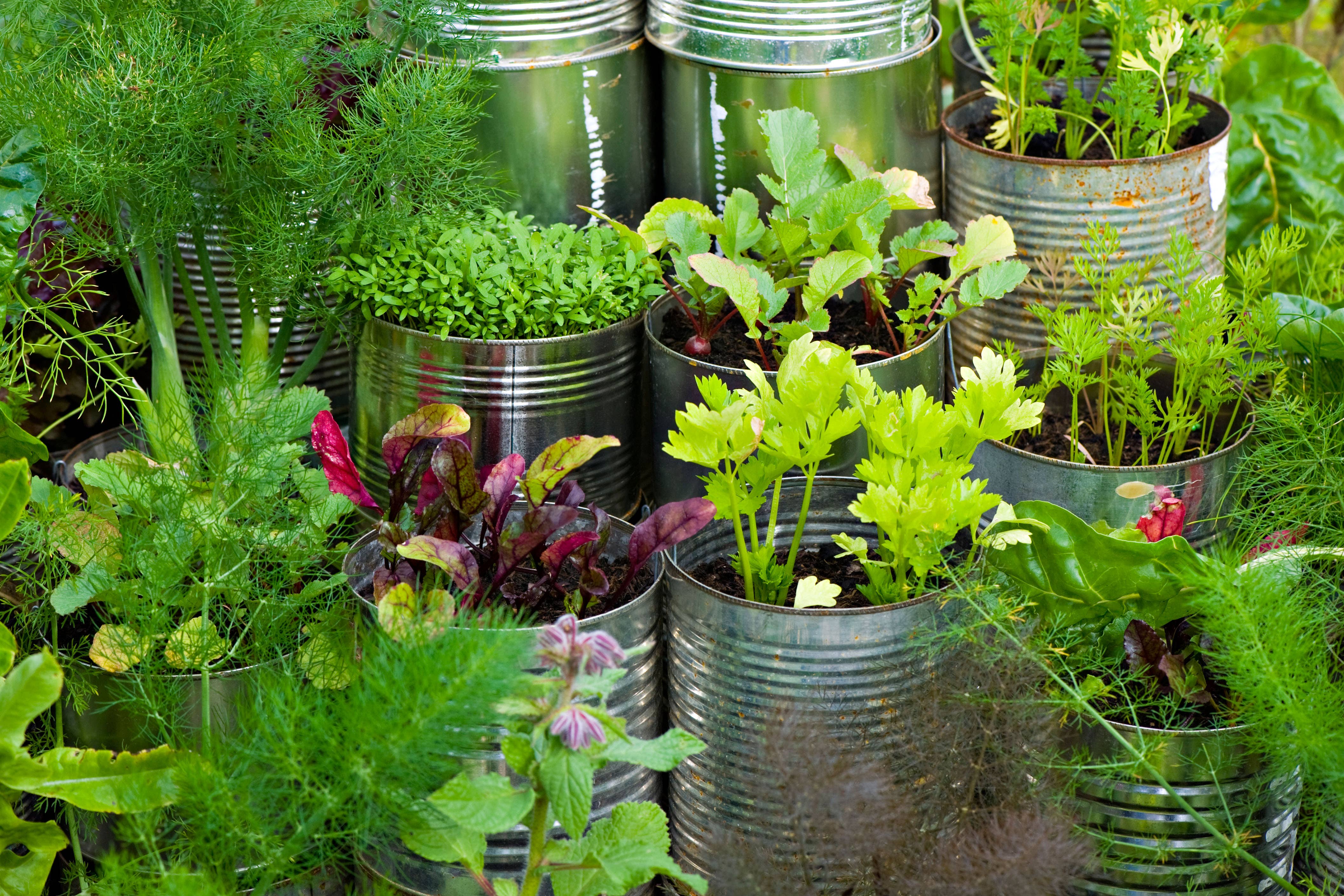The five unusual herbs to grow that you won’t find in the supermarket
Forget parsley and mint, try these instead

Want to add some herbs to dishes that aren’t so run-of-the-mill?
There are so many easy-to-grow herbs which are overlooked, says award-winning herb expert, designer and author Jekka McVicar, who runs Jekka’s Herb Farm in South Gloucestershire and is a 14-times RHS Chelsea Gold Medal winner for her organic, peat-free herb exhibits.
1. Hyssop
“This is an absolute must-have. Apart from the fact that it’s stunningly beautiful when in flower and the bees adore it, it’s a member of the Lamiaceae family (which includes mint, sage, thyme, oregano, basil, rosemary and lavender),” she enthuses.
The flowers of this hardy perennial are generally blue and purple, but there is also a pink variety and a white one too. Flowers are edible and have a slightly minty flavour, or you can make a tea with the leaves, with a generous teaspoon of honey.
“The leaf makes a fantastic salad dressing and will grow in exactly the same place as your sage and thyme. It goes really well with tomatoes in a pasta sauce. It just adds a slightly different flavour to a dish.”
Top tip: Grow it in a sunny position in a well-drained, neutral-to-alkaline soil. You may need to add grit to the soil as hyssop will die if waterlogged. It’s a great companion plant for cabbages as it lures away the cabbage white butterfly.
2. Myrtle
McVicar uses the aromatic dark leaves of this fragrant evergreen shrub in her cooking as you would use bay, adding them to stews, soups and sauces, before removing and discarding them.
“The white flowers are stunning. It’s the herb of love, Aphrodite’s herb. They are followed by black berries, which you can make myrtle gin from, as we would make sloe gin,” she says.
Top tip: Plant it in full sun in a well-drained soil. Too much wet will kill it, as will cold winds, so plant it against a south or west-facing wall and don’t overfeed it or it won’t flower. Protect it from frost and wet weather in winter, making sure that your container is lifted on to bricks if it’s in a pot.
3. Monarda fistulosa (wild bergamot)
Monarda fistulosa has a mauve leaf and the flowers look like a lady’s fancy summer wedding hat, McVicar reckons.
“I use the petals of that flower in salads. It’s glorious. They have a warm, minty, spicy flavour, again they are part of the Lamiaceae family.”

Native to North America, this perennial plant has spreading rhizome roots which grow to 1m (3ft) tall and the leaves can be used to make a spicy tea.
“It’s very easy to grow in a well-drained soil and although they are sightly rhizomatous they are not invasive,” she says. “They are glorious in flower and you could easily grow it as an ornamental. It’s known as bee balm because it’s good for bees and other pollinators. You also get the seedheads which finches adore in the autumn.”
Top tip: Grow it in well-drained soil in a sunny spot and dig up plants over three years old, removing the dead centre and replanting in a prepared site.
4. Lemon grass (Cymbopogon citratus)
“In the UK you can only buy the stem but if you go abroad, everyone uses the leaf,” she says. “It’s a proper grass, like the goose grass that you used to whistle through as a child.”
You can grow it from seed, sowing indoors in spring in prepared seed trays or modules on a frost-free windowsill.
Often used to add fragrance to Thai curries and other South East Asian dishes, keep it in indoors in the winter and put outside in the summer when the night temperature doesn’t fall below 8C. Pick the leaves when they are young.
“You can make tea with the leaf. You just chop it into small pieces and add boiled – not boiling – water and it is so refreshing. Or you can have it cold in summer, and make ice cubes with the tea, which go really well in a gin and tonic.”
Top tip: Use it as a container plant, McVicar suggests, using a loam-based compost, and don’t let it dry out in summer. In the autumn bring it indoors into a frost-free environment.
5. Sweet cicely (Myrrhis odorata)
This native herbaceous perennial which resembles cow parsley is our natural sugar herb, McVicar explains.
The leaves start pushing through now, at the same time as rhubarb is ready, she says.
“Add those leaves to the rhubarb, when you’re cooking it, and you can cut down your sugar by about three quarters. When you crush the leaf, it has a sweet aniseed flavour.”The leaves can be chopped and used in salads, or added to soups and stews, while the roots can be cooked as a vegetable and served with butter, or eaten raw, grated and used in French dressing.
Top tip: The plant can be invasive so choose carefully where you plant it.
Many of these are detailed in Jekka McVicar’s latest book, 100 Herbs To Grow, a comprehensive guide to the best herbs. Here, she suggests five herbs which gardeners who want to be slightly more adventurous might grow.
Bookmark popover
Removed from bookmarks